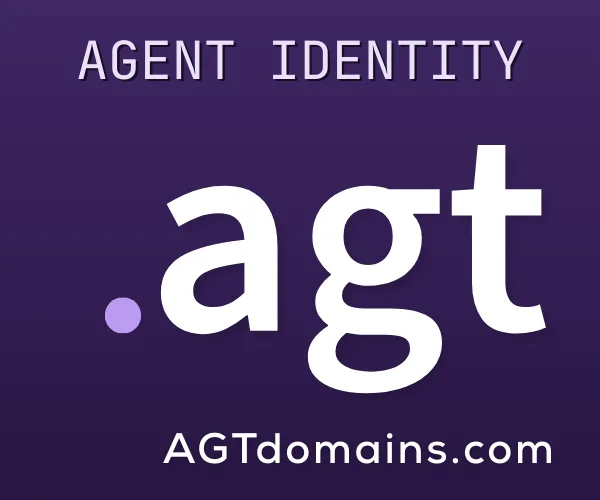Domain Name
A domain name can be defined as the unique, human-readable Internet address of a website. It is used to identify and locate web pages on the Internet in an easily understandable way, rather than using a string of numbers known as an IP address.
Each domain name comprises two essential parts:
- Second-Level Domain (SLD): The part of the domain name that you choose and is unique to your website. For example, in 'google.com,' 'google' is the SLD.
- Top-Level Domain (TLD): The extension following the SLD. In 'google.com,' '.com' is the TLD. There are various types of TLDs including generic (.com, .net, .org), country code (such as .us, .ca, .au), and more recently, we have seen the introduction of a wide range of new TLDs like .io, .ai, .app, etc.




